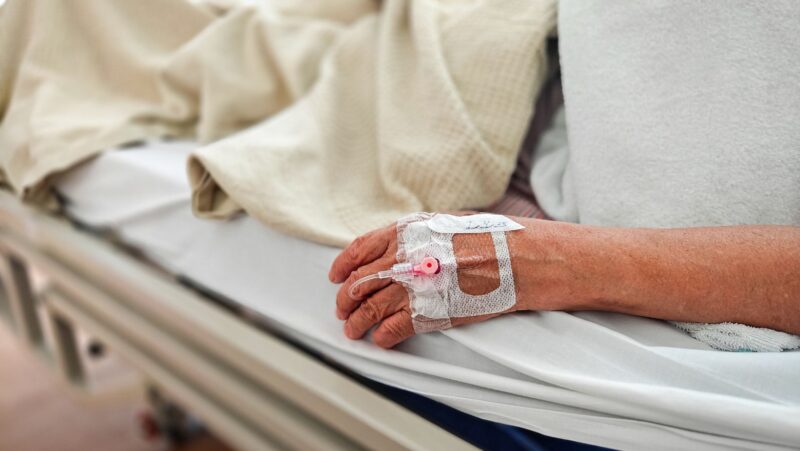
The Modified Atkins Diet (MAD) is a low-carbohydrate diet that is often used to treat children with epilepsy. It was created by Dr. John Freeman in the 1970s and has been shown to be effective in reducing seizures in some children.
Modified atkins diet
MAD is similar to the ketogenic diet, but it allows for more carbs and protein. This makes it easier to follow and maintain.
MAD is often used when other epilepsy treatments have failed. It can also be used as a first-line treatment for some children.
MAD may help reduce seizures by:
– Reducing the amount of glucose in the blood. Glucose is a seizure trigger for some people with epilepsy.
– Reducing inflammation in the brain. Inflammation has been linked to seizures.
– Acting on neurotransmitters in the brain. Neurotransmitters are chemicals that help nerve cells communicate.
MAD is usually started in the hospital so that your child can be closely monitored. The dietitian will work with you to figure out how many carbs your child can have each day.Your child will need to stay on MAD for at least 2 years. After that, you can talk to the doctor about whether or not to continue.
MAD is not right for every child with epilepsy. Some children may not be able to tolerate the diet or may not respond well to it.If you are considering MAD for your child, talk to the doctor about all of the possible risks and benefits.
Risk Factors
There are a few things that may make it more likely for your child to have a seizure while on MAD. These include:
– Not getting enough calories. This can happen if your child is not eating enough or is losing weight.
– Not getting enough fluids. This can happen if your child is not drinking enough water or is losing fluids through vomiting or diarrhea.
– Having a fever.
– Not taking the antiepileptic drugs as prescribed.
If your child has any of these risk factors, be sure to talk to the doctor. You may need to make changes to the diet or increase the dose of medication.
Monitoring
Your child will need to be closely monitored while on MAD. This includes:
– Checking blood sugar levels. This is important to make sure that your child is getting enough calories and not going into ketosis.
– Checking for ketones in the urine. Ketones are a byproduct of fat breakdown and can be harmful if they build up in the body.
– Checking weight and growth. This is important to make sure that your child is getting enough calories and nutrients.
– Checking for side effects of the diet and medications. Be sure to talk to the doctor about any side effects that you notice.
MAD can be a very effective treatment for some children with epilepsy. It is important to work closely with the doctor and dietitian to make sure that it is done safely and effectively.
How many carbs can a child have each day
The dietitian will work with you to figure out how many carbs your child can have each day.Your child will need to stay on MAD for at least 2 years. After that, you can talk to the doctor about whether or not to continue.
MAD is not right for every child with epilepsy. Some children may not be able to tolerate the diet or may not respond well to it.If you are considering MAD for your child, talk to the doctor about all of the possible risks and benefits.










